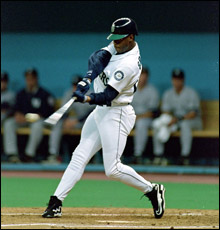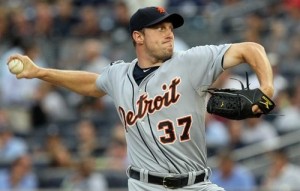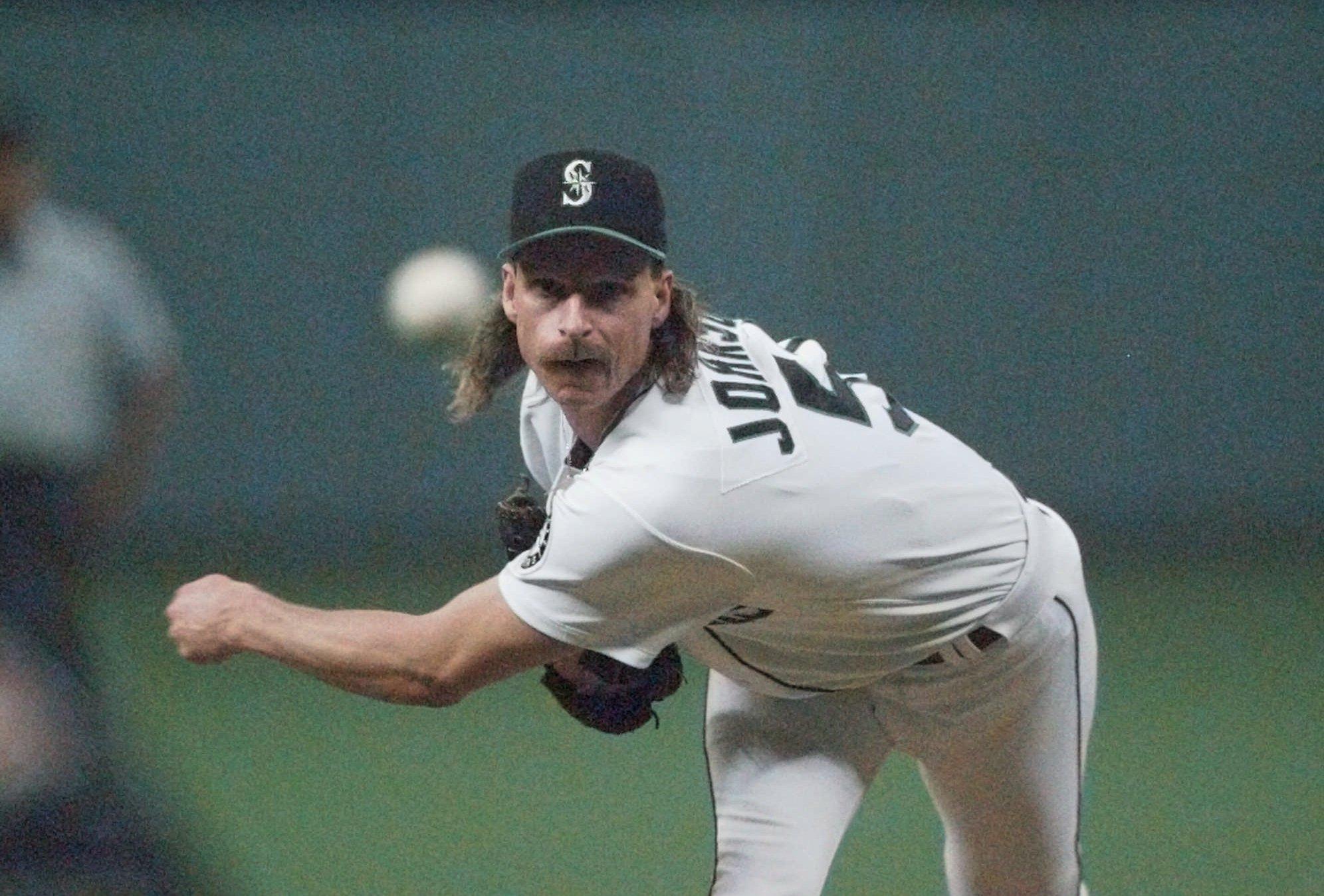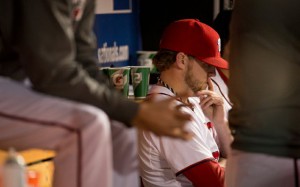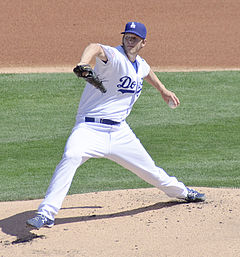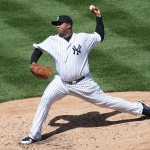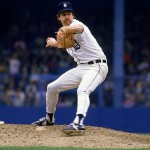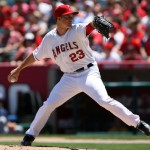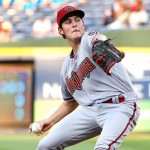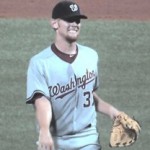(Editor note: we’ll take a quick break from the minor league reviews and arguing about why the Nats are trying to fill a 5th starter spot instead of one of their several obvious needs for that classic Late December task: arguing about the Hall of Fame. I wrote most of this post much earlier this summer/fall, waiting for the “hall of fame” blogger season to post it. Now’s as good of a time as any).
In the middle of the 2015 post-season, an interesting tidbit got reported by NBCSports’ Craig Calcaterra: The Hall of Fame BBWAA electorate has been reduced by a whopping 20% thanks to the new voter eligibility rules announced back in July 2015.
20% of voters! That’s a huge number. I thought the rules, when they were first announced, would have a negligible effect on things and would be a paper tiger. But losing 20% of the voters will have a profound effect on the ballots going forward. I agree with Calcaterra in characterizing these types of voters as generally being out of touch, industry-has-passed-them-by, believe everything they read from Murray Chass types who have directly led to the ballot congestion and the ridiculous voting patterns we’ve seen lately. No word yet on whether the category of writers purged also includes those who no longer cover the sport actively (the most egregious example being the 3 voters who write for www.golferswest.com) who not only kept their votes but felt the need to pontificate about the state of the sport!).
Early returns are promising, by the way. The BBHOF tracker website has taken the lead in collecting all published ballots and they’re tracked directly in this Google xls. As of the time of this writing, they have about 20% of the ballots in the tracker spreadsheet and borderline candidates like Piazza, Raines and Bagwell are all trending above the 75% needed. Griffey is at a perfect 100% and still looks like a good bet to beat Tom Seaver‘s all time record. That is until some curmudgeons decide they like Seaver more than Griffey and send in blank ballots or some dumb-ass thing.
Key Dates in 2016 HoF class voting:
- 11/9/15: ballot officially released, though we’ve known for years who’s actually on it thanks to baseball-reference.com.
- 12/21/15: BBWAA ballots due back to Cooperstown for counting
- 1/6/16: Class of 2016 announced, as well as 10,000 internet blogger posts on the topic.
- 7/24/16: Official induction ceremony for the Class of 2016 in Cooperstown, NY
Anyway. Lets look at the 2016 Ballot (hey, its never too early to do Hall of Fame vote analysis) and guess how things may go for the candidates, now that 20% of dead-weight is gone.
- Ken Griffey Jr: if anything, his chances of breaking Tom Seaver‘s vote % record may rise thanks to the elimination of a bunch of curmudgeons who have been witholding votes inexplicably to prevent there ever being a unanimous inductee. Easily gets elected in 2016.
- Trevor Hoffman: might be hurt by more new-age voters who realize how minimal the impact of a closer is, no matter how good (Hoffman had just a 28.4 career bWAR, less than Mike Trout had accumulated by the end of his third full season, by way of comparison).
There’s not really anyone else new to the 2016 class worth mentioning; I could see Jim Edmonds getting 5% of the vote to stay on the ballot but nobody else getting much more than home-town beat writer sympathy votes. This isn’t an indictment of Edmonds at all; there’s just too many good players on the ballot (our lament every year) and I think he’s a worthy candidate (some of the Jay Jaffe JAWS analysis on Edmonds is pretty telling; for a period of 10 years during his peak he trailed only Griffey and Bonds in terms of WAR).
How about the hold overs? I think there’s good news for some guys:
- Mike Piazza/Jeff Bagwell: two “PED-suspicion” guys who have never had any actual concrete proof against them probably now get in thanks to the elimination of a class of voters who probably believed everything they read in the anonymous-sourced NYTimes articles from 10 years ago. Bagwell has further to go and may not get to 75%, but Piazza should.
- Tim Raines: the more older/non sabremetric appreciating voters that go mean the higher percentage of votes Raines will get from more modern voters who realize just how valuable he was. Like Bagwell, he has further to go and may not get to 75% this time, but between 2016 and 2017 he should get in.
- Roger Clemens/Barry Bonds: I can see their vote totals rise from the 35% they’ve been getting into the 50% range, still not enough to get enshrinement. Still too many wounds and not enough voters who can overcome their disdain for what happened.
- Mark McGwire/Sammy Sosa: same story as Clemens/Bonds, except whack off another 20% of votes.
- Curt Schilling/Mike Mussina: Hard to see their vote totals changing much; older voters were probably giving Schilling too much credit for the bloody sock game but new voters havn’t supported him as much as expected (and he’s doing himself no favors with his continued idiotic political twitter posts). Mussina just doens’t seem like the kind of pitcher that gets elected to the Hall thanks to a long career without specific accolades and being a known pr*ck to the media.
Everyone else held over from the 2015 ballot not already mentioned (Smith, Martinez, Trammell, Kent, McGriff, Walker, Sheffield, Garciaparra) each have specific issues that likely prevent any of them from getting much above the vote totals they’ve already gotten and probably won’t be helped much by the purge of the electorate. I would vote for some of these guys (namely Martinez and Trammell) but understand why others don’t.
This is as close to a prediction piece as we’ll do for the Hall of Fame 2016 ballot (there’s way too many of them already), but my guess is that we’ll be seeing just Griffey and Piazza in Cooperstown in July 2016, with Bagwell, Raines and perhaps Hoffman right on the cusp to join them in 2017 (where the incoming class has some pretty serious PED-related issues that should be fascinating to watch play out; more on that in a year’s time).
Here’s some similar articles for your Hall of Fame perusal:
- Jay Jaffe‘s JAWS analysis for the 2016 ballot.
- Steve Aschburner at The Federalist similar analysis to above.
- Some classic Craig Calcaterra ranting at the audacity of a stripped HoFame voter whining about his loss of vote.
- The electorate voted down an option to increase the ballot size; why??
- The same Calcaterra announcing he’s going to stop mocking individual ballots. Good; it was getting tiresome. Yes we know you have an opinion. I do too.
